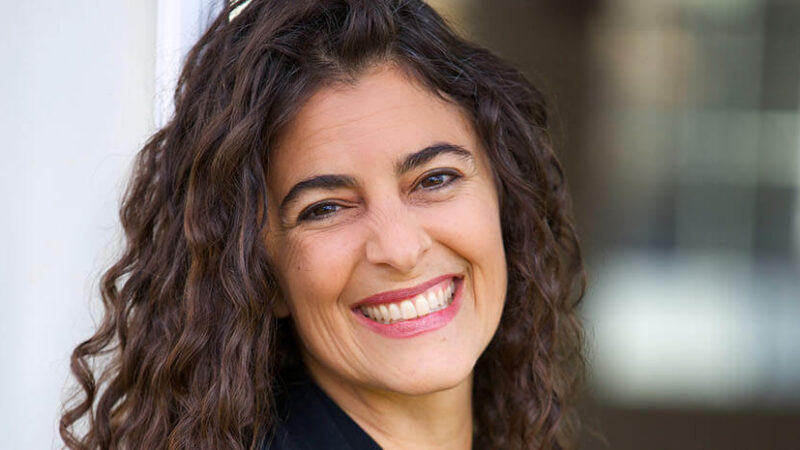Maggie Jackson: Being Uncertain as a Form of Wakefulne...
In this thought-provoking episode of Insights at the Edge, Tami Simon sits down with Maggie Jackson, acclaimed journalist and author of “Uncertain: The Wisdom and Wonder of Being Unsure.” Together, they delve into the emerging science of uncertainty, discussing how our discomfort with not knowing can actually be a source of growth, creativity, and resilience. Maggie shares practical strategies for cultivating a healthy tolerance for uncertainty, explains the difference between fear and uncertainty, and highlights the power of curiosity, mindfulness, and adaptive expertise in navigating today’s unpredictable world. Whether you struggle with anxiety about the unknown or want to harness uncertainty as a tool for personal and professional development, this conversation offers wisdom and actionable insights for embracing life’s many mysteries.
Note: This interview originally aired on Sounds True One, where these special episodes of Insights at the Edge are available to watch live on video and with exclusive access to Q&As with our guests. Learn more at join.soundstrue.com.






